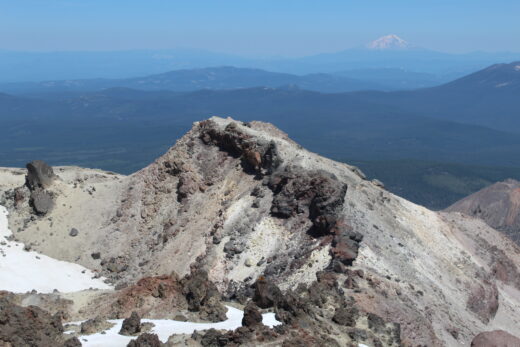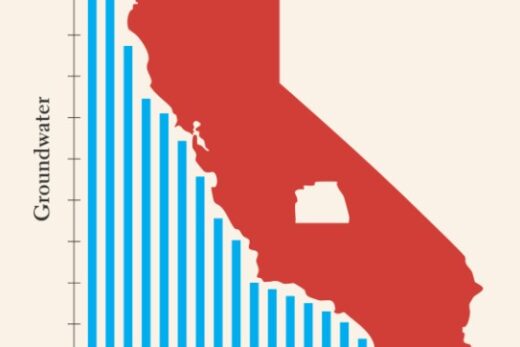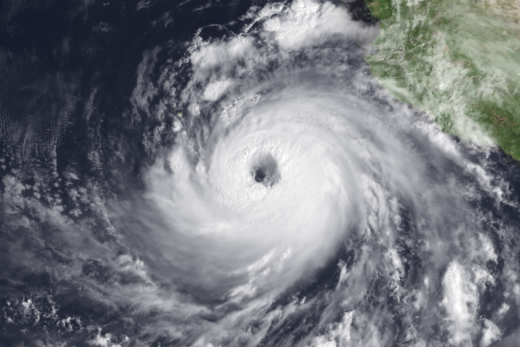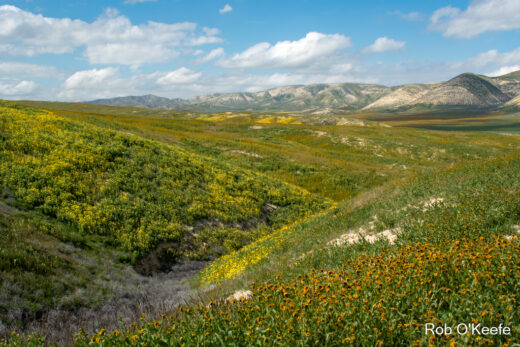Chapter 3 of Rediscovering the Golden State covers our modern geologic features, including a survey of the state’s major faults and the seismic risks they represent. Recent research on the San Andreas Fault often overshadows the seismic risks from smaller faults that are located under or adjacent to our major urban areas. Here is a quick update (just from the last two years) on two fault systems that threaten our three largest conurbations in the Bay Area and southern California.

Recently, a UC Berkeley team of scientists used new technologies that included satellite imagery to show that the creep along the Hayward Fault continued farther south than previously thought. This added to evidence that the Hayward Fault was connected to the Calaveras Fault, which continues much farther southeast past Gilroy. This is more than a technicality: it suggests that this connected structure may be capable of delivering an even more powerful and devastating earthquake to a larger region compared to distinct, individual faults.
By 2017, as the seismic research progressed in northern California, another significant discovery was being made far to the south. Scientists were using a combination of studies to show how stepovers of up to a mile may link what were once considered separate active faults. This research in southern California includes a collection of years of oil company seismic surveys and Scripps Institute of Oceanography seafloor studies. Scientists found that San Diego’s Rose Canyon Fault was connected to the Newport Inglewood Fault by step overs less than a mile, linking them as one continuous fault. This suggests that the San Diego area is more closely connected than previously thought to the seismic risks that have long been established in the Los Angeles area.
Read more:
http://news.berkeley.edu/2015/04/02/calaveras-hayward-fault-link-means-potentially-larger-quakes/
http://onlinelibrary.wiley.com/doi/10.1002/2016JB013467/epdf
Another interesting source to learn about the Hayward Fault is Horst Rademacher’s (UC Berkeley) walking field guide: The Hayward Fault at the Campus of UC Berkeley: A Guide to a Brief Walking Tour, June 7, 2017
https://seismo.berkeley.edu/docs/HF_Tour_Stadium-1.1-Protected.pdf






